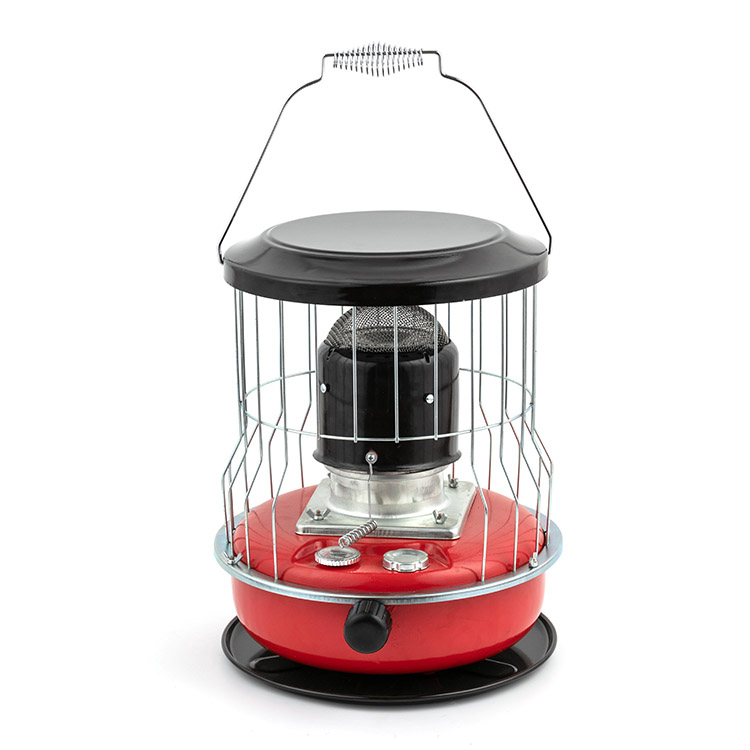Unveiling Efficiency: Understanding the Fuel Consumption of Camping Kerosene Heaters
2024-01-05
Introduction:
In the world of outdoor adventures, a reliable source of warmth can be the difference between a chilly night and a cozy camping experience. Enter the camping kerosene heater, a portable solution that brings heat to the great outdoors. However, understanding the fuel consumption of these heaters is essential for planning and optimizing your camping trip. In this blog, we will explore the typical fuel consumption rates of camping kerosene heaters and the various factors that influence their efficiency.
The Basics of Fuel Consumption:
1. Burn Rate:
The fuel consumption rate of a camping kerosene heater is commonly referred to as the "burn rate." This is the amount of kerosene the heater consumes per unit of time, usually measured in gallons or liters per hour.
2. Heat Output:
The burn rate is closely tied to the heat output of the heater. Different models have varying heat output capacities, and the burn rate is a key factor in determining how much warmth the heater can provide.
Factors Affecting Fuel Consumption:
1. Heater Design and Efficiency:
The design of the kerosene heater plays a significant role in its efficiency. Modern models often incorporate advanced features that maximize heat transfer and minimize fuel wastage.
2. Heat Settings:
Adjustable heat settings allow users to control the intensity of the flame and, consequently, the fuel consumption. Lower heat settings result in slower burn rates, conserving fuel for longer usage.
3. Ambient Temperature:
Cold weather conditions may require higher heat settings, leading to increased fuel consumption. Understanding the expected temperatures during your camping trip can help you plan fuel usage accordingly.
4. Wind Conditions:
Wind can impact the burn rate of a kerosene heater. Windy conditions may cause the flame to flicker or reduce the efficiency of heat transfer, resulting in higher fuel consumption.
5. Altitude:
Camping at higher altitudes can affect the combustion process due to reduced oxygen levels. Some kerosene heaters are designed to adjust automatically, while others may require manual adjustments to optimize fuel consumption.
6. Proper Maintenance:
Regular maintenance, including cleaning the wick and ensuring all components are in good condition, contributes to optimal efficiency. Neglecting maintenance can lead to increased fuel consumption and reduced performance.
Estimating Fuel Needs:
1. Manufacturer Guidelines:
Refer to the manufacturer's guidelines for your specific kerosene heater model. Manufacturers often provide information on expected burn rates at different heat settings.
2. Trial Runs:
Conduct trial runs in controlled environments before your camping trip to gauge the burn rate at various settings. This hands-on approach helps you understand how the heater performs under different conditions.
Conclusion:
Understanding the typical fuel consumption rates of camping kerosene heaters empowers outdoor enthusiasts to plan for efficient and effective heating during their adventures. By considering factors like heater design, settings, and external conditions, you can make informed decisions about fuel usage, ensuring that your camping experience is not only warm but also optimized for fuel efficiency. So, as you embark on your next outdoor journey, let the knowledge of fuel consumption be your guide to a cozy and well-prepared camping trip.



